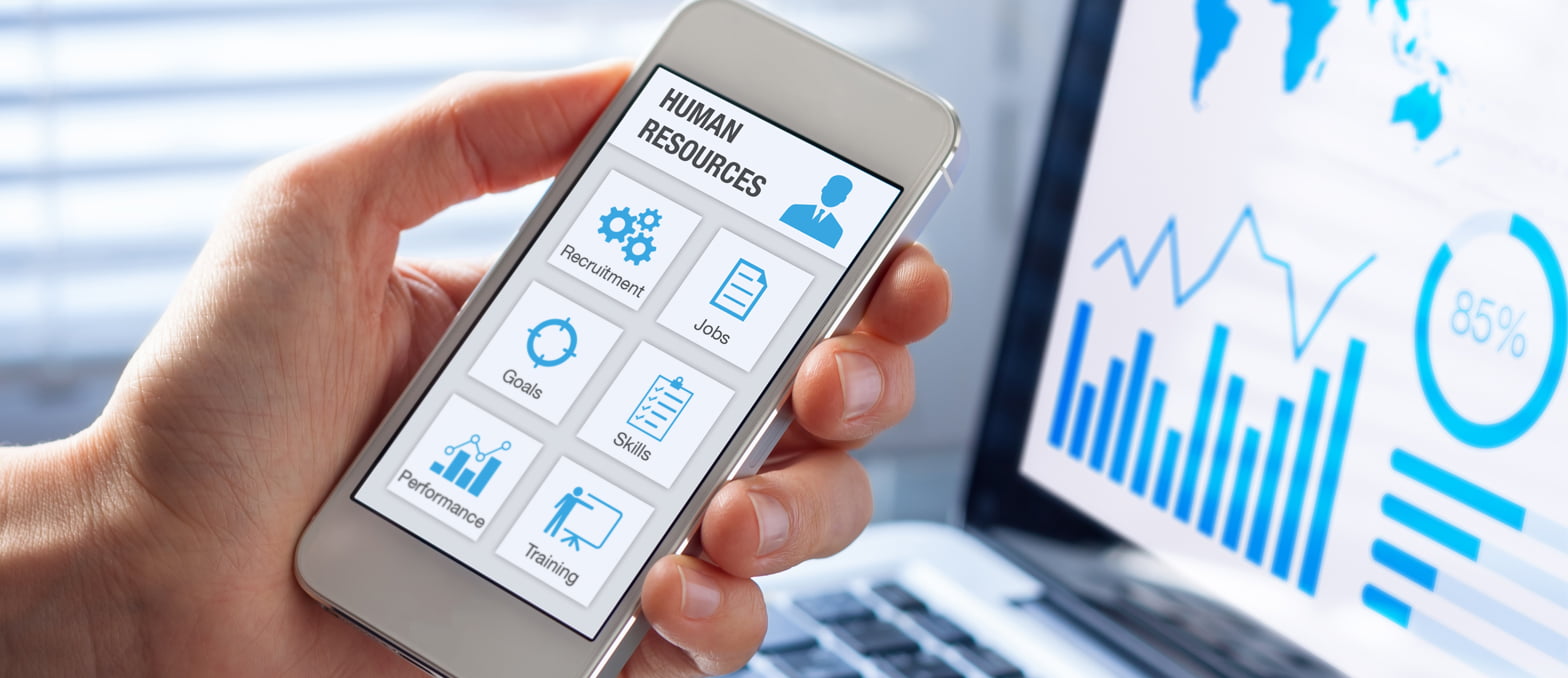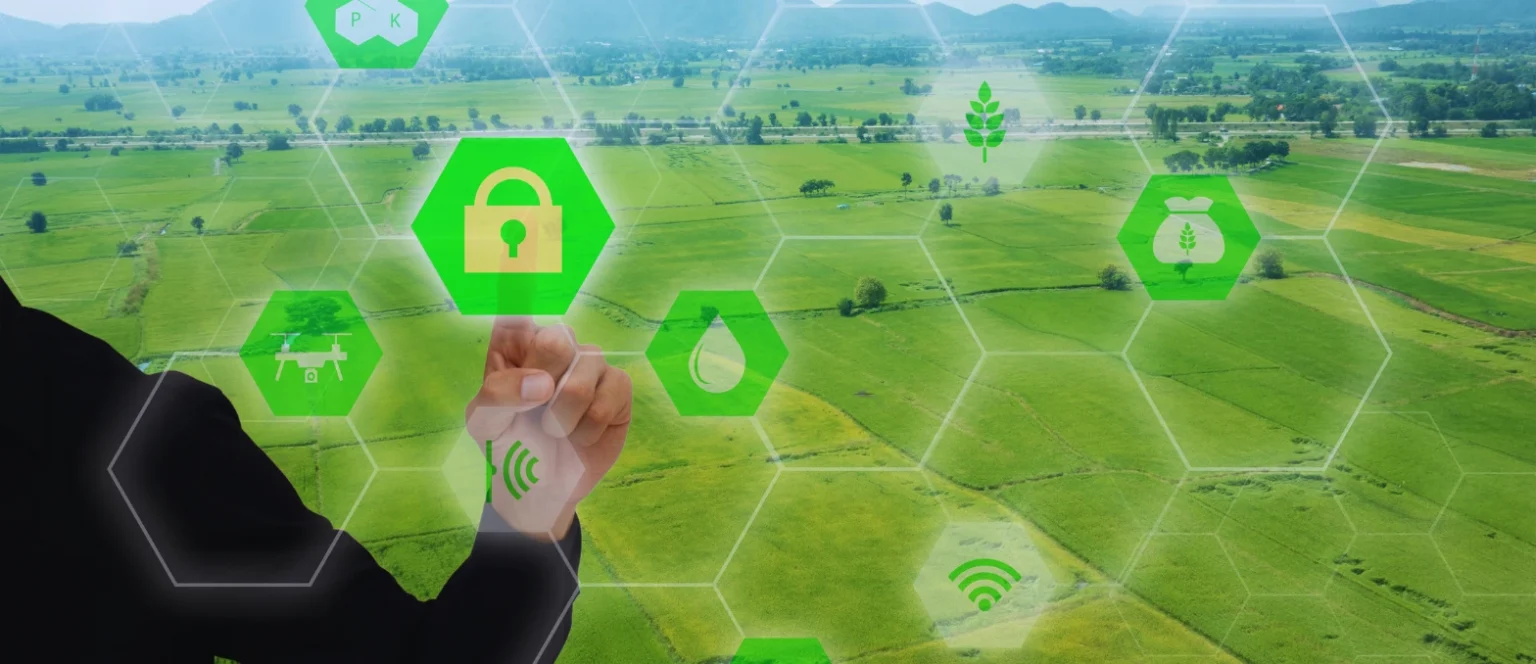Table of Contents
Regardless of the industry that you’re in, you’ve probably heard redundancy is something to eliminate. Redundant steps waste time and money. When different people perform the same repetitive tasks, frustration is common, and don’t be surprised if employee efficiency dives.
While redundancy in some applications isn’t welcome, it’s different when it comes to your data center—now, redundancy is crucial. In other words, you want to duplicate certain processes and technology. If the importance of data center redundancy is a new concept to you, this article is going to take a closer look at a few of the best practices and the different levels.
Defining Data Center Redundancy
Redundancy doesn’t mean going out and creating a backup data center—not only is it impractical for most businesses to manage two fully functional data centers, but it’s also not feasible for most company budgets.
Remember the expenses associated with getting your data center equipped and running? Do you really want to go through this again? Thankfully, this isn’t what data center redundancy means.
So, what is data center redundancy? This is the practice of duplicating essential hardware. You know items like servers, cooling systems, and power supplies for example. Think of the components that are absolutely necessary to keep your business up and running during a power outage. Remember, an outage can be a manmade or natural disaster and typically results in lost data.
With a redundant data center, your business can stay operational. Best of all, it also removes the need to replace everything immediately after a disaster or outage.
Protecting Critical Components
Pretty much everything in your data center is important—the only exceptions may be the lunch your staff leaves out on their desk. With that being said, some components are more vital than others. These are the ones you want to focus on, the rest you can get to in time.
A good place to start is with your power supply. Without a reliable power supply, your data center is useless. Regardless of where your data center is located, natural disasters are becoming more common and power sources are going down. Sometimes, the power goes out with little to no warning. Whether you’re facing threats from hurricanes, brush fires, or strong thunderstorms, a natural disaster can leave your business literally in the dark. However, this isn’t a problem with a redundant power supply.
Installing backup generators, don’t go with electric-only dependent models, this will ensure you always have a reliable source of power. Why do you want to skip purchasing electric generators? The answer is simple. If the power goes out, an electric generator isn’t going to kick on. Instead, look for a diesel fuel-powered model.
If your business is working towards meeting a sustainability goal like a LEED certificate, go with a hybrid model. This type of generator uses both fuel and solar power to keep your systems running while still being relatively eco-friendly. Other critical systems to focus on include your cooling systems and servers. While you can send some server data to the cloud, you still have to include these components in your redundancy plan.
If you’re wondering about the benefits of relying on third-party hardware maintenance. This is an option but it also comes with a risk. You’re dependent on the third party to ensure the redundant systems are always functioning optimally. This requires a high level of trust. However, this doesn’t mean discounting third-party providers as an option. Just make sure you’re mitigating any potential risks with data center redundancy on your end.
A Glance at Data Center Redundancy Levels
Since every business’s data center is unique, there isn’t a one-size-fits-all redundancy plan. Instead, you rely on different levels to create a data center redundancy strategy. Not all of the levels may apply to your data center, but it’s a good idea to at least know what they are.
- N level accounts for the amount of power necessary to keep your data center functioning. This doesn’t account for the power necessary for your redundant data center.
- N+1 level is the amount of power your redundant data center needs for optimal operations.
- N+2 level simply increases the amount of power your data center needs to stay operational during a disaster. Think of this level as a backup for the above two levels.
- 2N level ensures you have more than one backup power source. For example, adding a generator to your existing setup.
- 3N/2 level doubles the redundant power source from the previous levels to help provide a buffer against cascading faults.
The size and scope of your data center will help you decide which redundancy level is best suited to ensure you’re not affected by power failures that can cause information loss.
Protect Your Business with a Redundant Data Center
Redundancy really does matter, especially when you’re dealing with data centers. Think about it: if you have backup power supplies and extra data storage, you’re setting yourself up to keep things running smoothly even if the power cuts out.
Planning ahead to include these backups means you won’t have to panic about data loss or downtime, which can save you a lot of headaches and money. Essentially, building in that extra cushion of redundancy doesn’t just keep your data safe, it keeps your operations resilient, no matter what happens.






